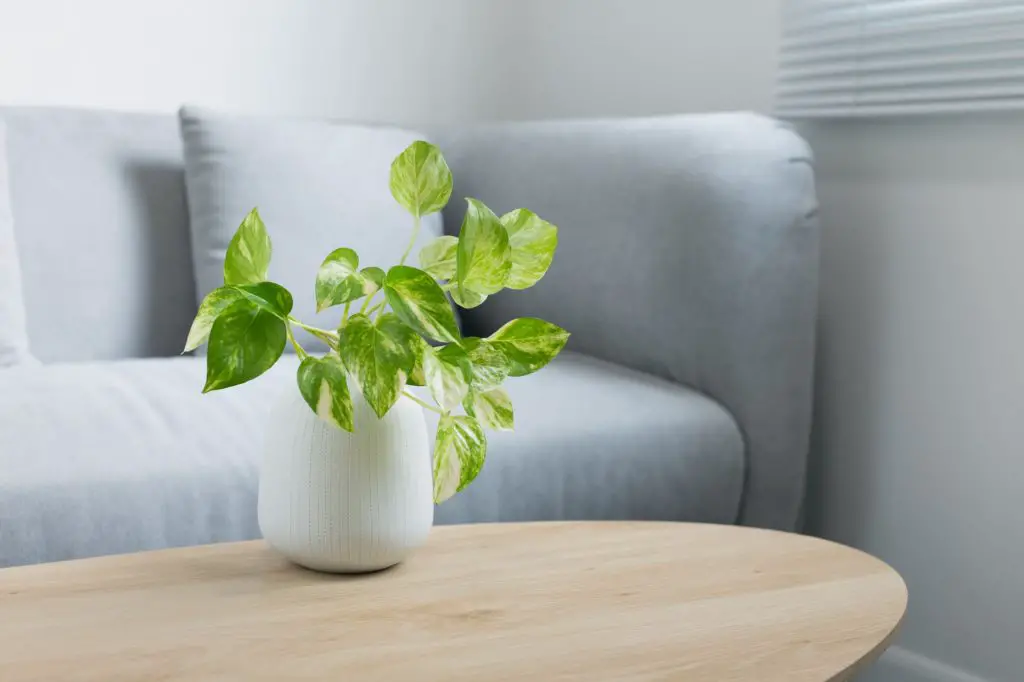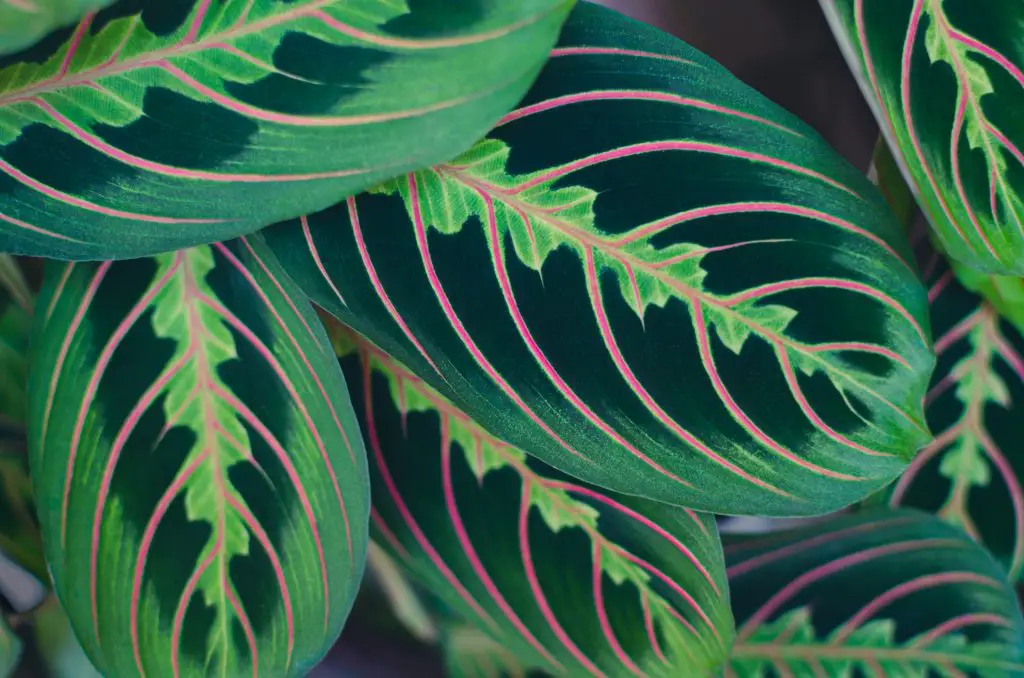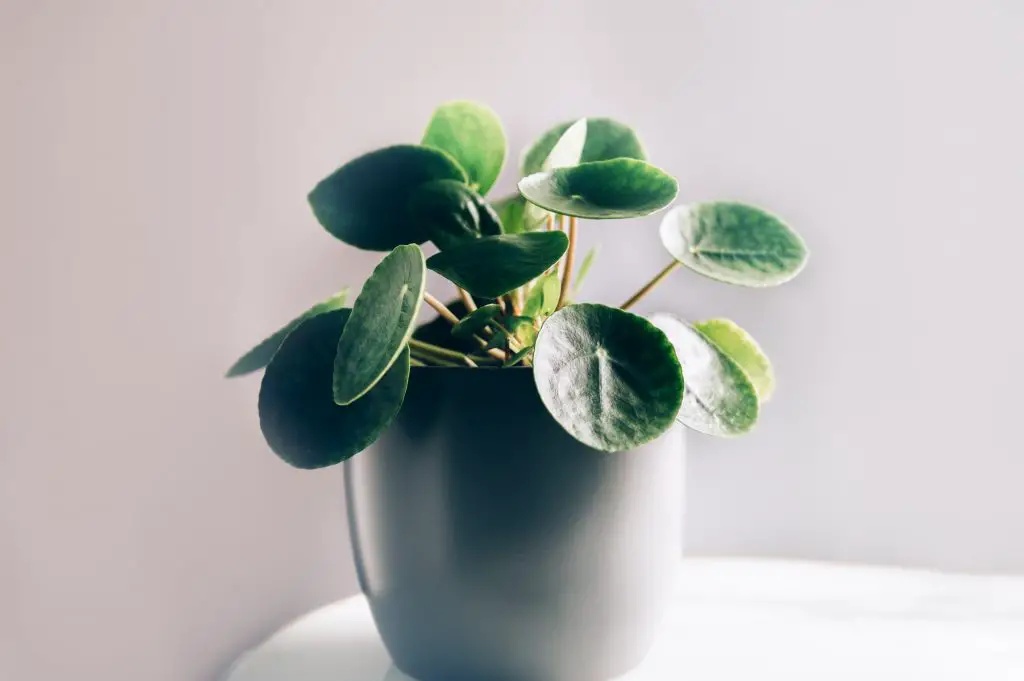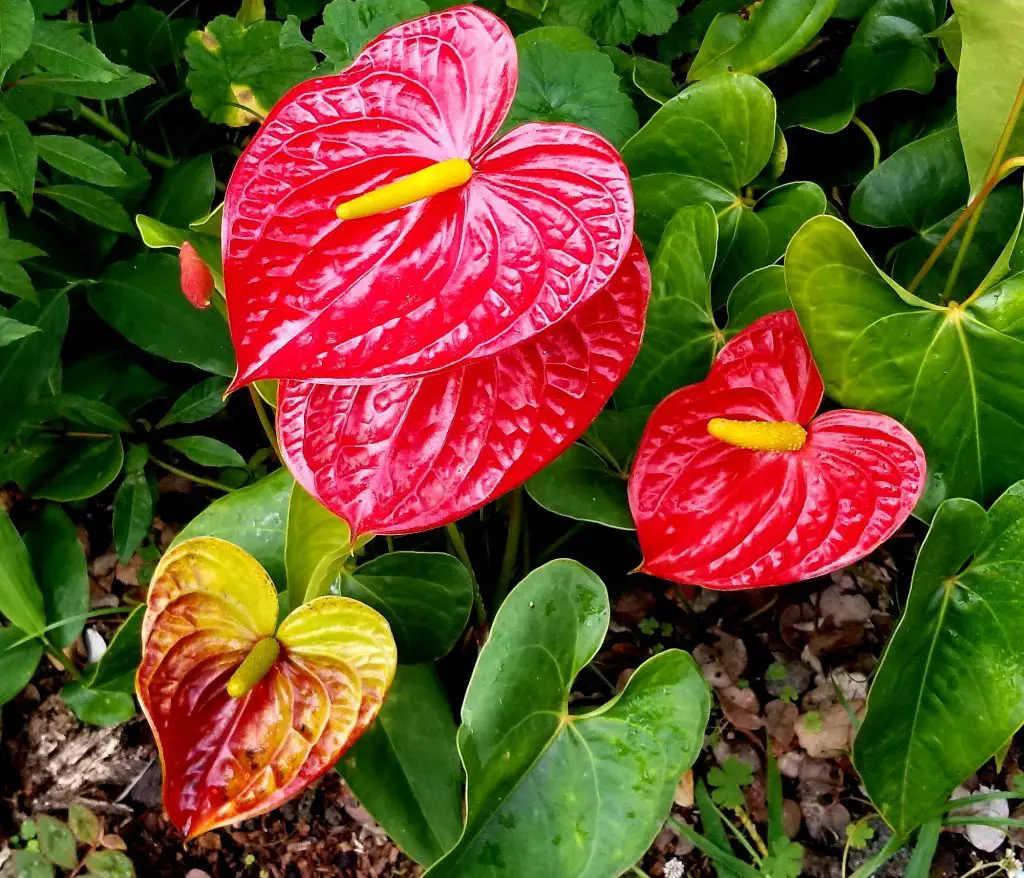The splotches of green and white that appear on the Pothos plant make it an attractive houseplant. The Pothos which belongs to the Araceae family is native to French Polynesia. This tropical plant can survive longer than most house plants in low light.
The Pothos plant popularly referred to as the Devil’s Ivy is a must-have for house plant growers. Its ability to be hung in dangly baskets, pot grown, or made to grow on pines and poles is what makes it a favorite for house plant growers.
Pothos leaves turning yellow is caused by several factors. Discoloration of Pothos leaves is a big deal to its growers considering the bright color it exudes when it is thriving. The frustrating aspect of Pothos leaves turning yellow is the leaves would also begin to wilt.
Dealing with this plant condition can be discouraging especially when time and energy have been invested in the propagation process of the plant.
If this is a challenge you are facing as a Pothos grower, this article provides information on the reasons for the leaves turning yellow and how to fix them.
Table of Contents
Why are the leaves on my Pothos plant turning yellow?
Here are some of the reasons why your Pothos plant leaves may be turning yellow.
1. Poor soil moisture
Improper soil structure is usually caused by overwatering. Overwatering leads to waterlogged soil and this is a terrible state for your soil to be in. When the soil of the Pothos plant is waterlogged, it means the soil is in a soggy state.
In this condition, the root is at risk of being damaged and deterioration begins from a change in foliage appearance, that is, from its original color to yellow leaves. The leaves turning yellow is an indication that the root is not developing properly.
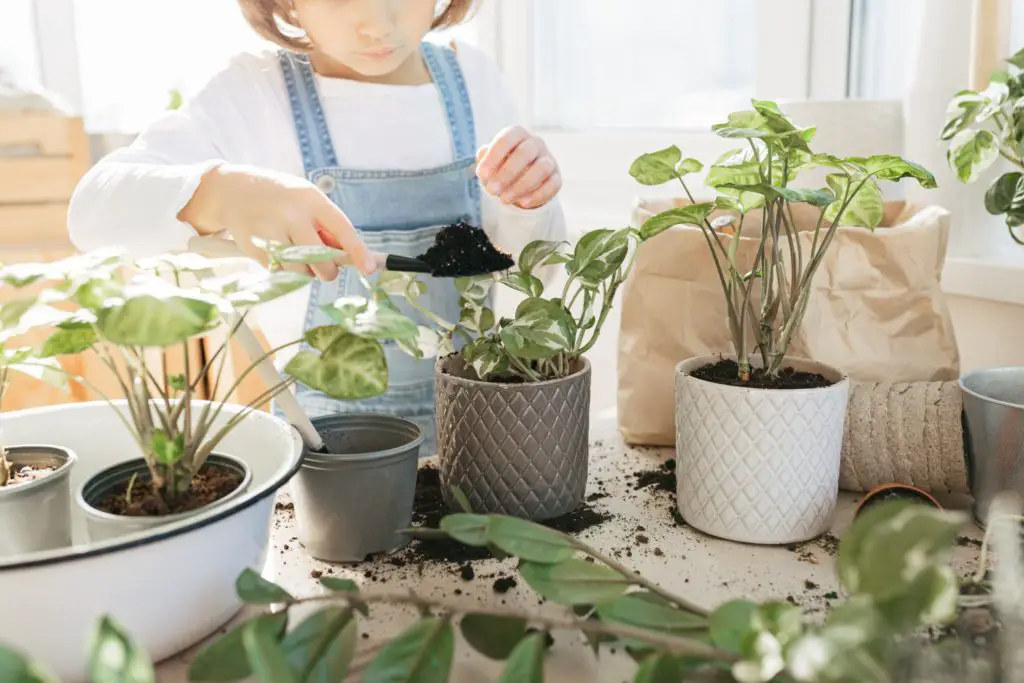
2. Poor lighting
If a plant is placed in a location where it cannot receive adequate light, it is prone to its leaves turning yellow.
A Pothos plant placed in a dark room is the fastest way to kill it. Proper lighting is an essential requirement for the plant’s growth. Prolonged exposure to improper lighting affects the foliage appearance because it is not receiving the sufficient light needed to bloom and thrive hence its leaves turning yellow.
3. Humidity and temperature level
The Pothos plant house plant is a tropical plant that would thrive in low humid and warm temperatures. The appropriate humidity level for your Pothos is between 50% and 70% and a temperature that is between 70°F to 90°F Relatively damp areas are suitable for your Pothos plant. Severe weather conditions affect the Pothos plant be it too hot or too cold.
Exposure to inappropriate humid and temperature levels for the Pothos plant affects the plant because it has to grow in a very unconducive environment. When the leaves of Pothos plants start turning yellow, the humidity and temperature may be responsible for it.
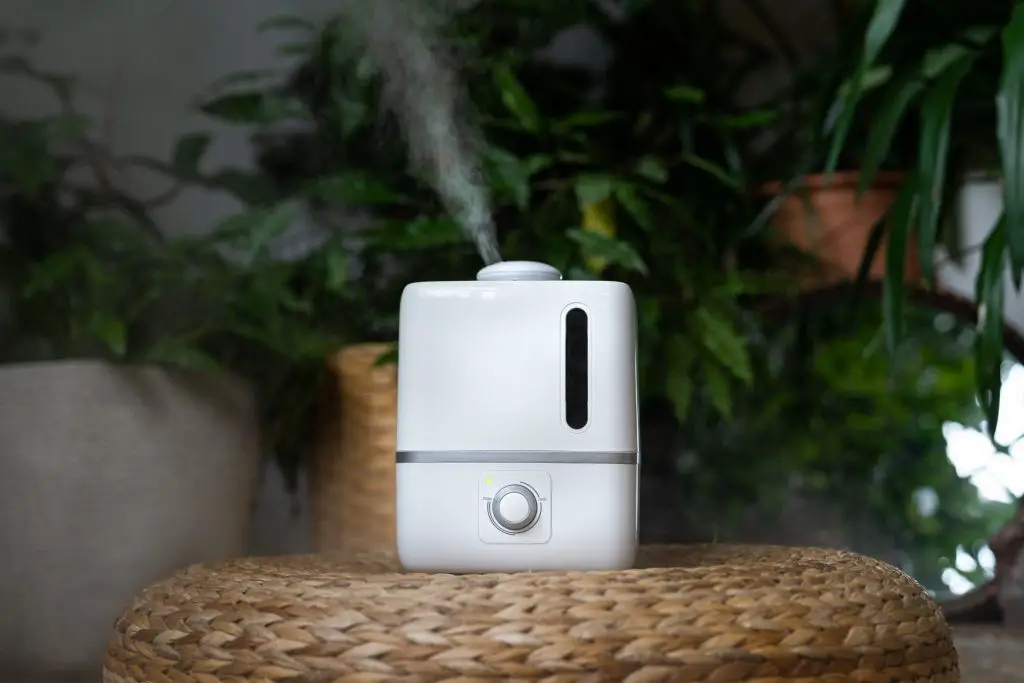
4. Pest infestation
Attack by pests and insects on your Pothos plant, if not treated urgently can damage your Pothos plant. The deterioration process in the Pothos plant once pests start attacking their leaves is the leaves start turning yellow.
This is an indication that the plant is being deprived of the necessary nutrients required to produce its bright and alluring colors. The most common pest attacks are from spider mites, mealybugs, and aphids.
5. Environmental shock
Environmental shock occurs when a plant has experienced a recent change in its environment. This may be due to repotting or transplanting or constant change of environment. Pothos plants have to adjust to their new environment and during this period, the plant may have been stressed. Plant stress usually manifests in foliage appearance discoloration; the leaves would start turning yellow.
6. Fertilization
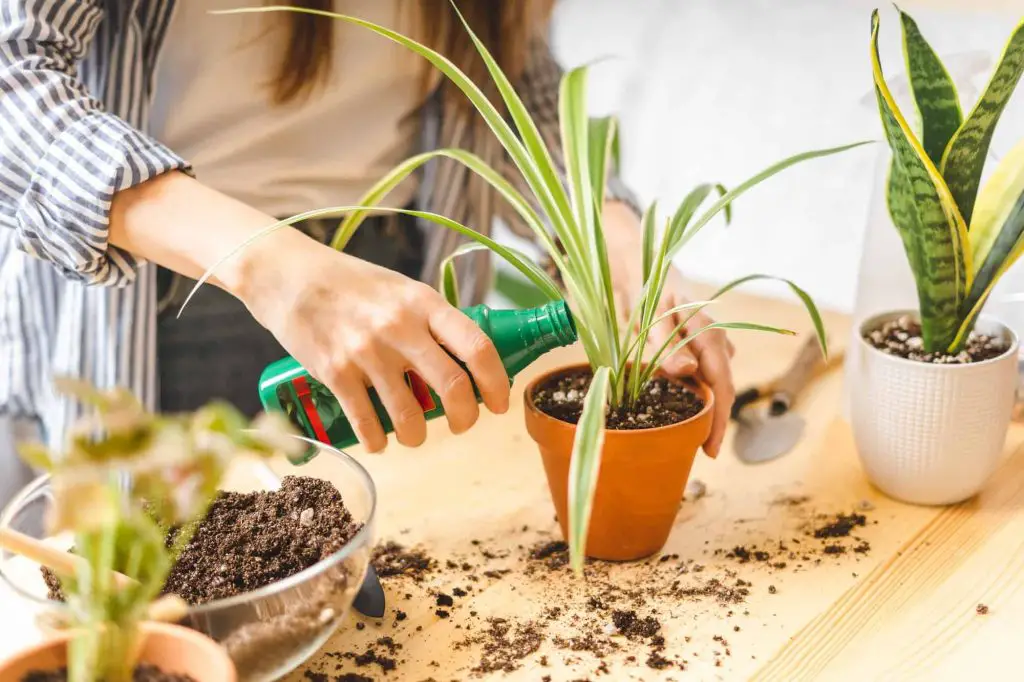
Fertilizers are supplements for your Pothos plant’s needs but when the fertilizing is overboard, the soil becomes too concentrated with chemicals making the soil unconducive for the growth of the plant.
7. Natural cause
If your Pothos plant is aging, the leaves would certainly start turning yellow. Pothos plant leaves turning yellow can be its way of telling it is getting old.
What to do if your Pothos plant is turning yellow?
Below is a list of what needs to be done once you detect the cause of the Pothos plant leaves turning yellow.
1. How to Fix Poor Soil Moisture
Once you detect overwatering is the cause of your Pothos leaves turning yellow, reduce watering to the barest minimum-till both the soil and roots recover. If soil is beyond recovery, change the soil of the Pothos plant but still reduce the watering till the roots recover. When changing the soil, ensure the soil mix is organic.
2. How to Fix Lightening Issues

Ensure the room the Pothos plant is placed in is well lit if grown indoors. Place near the window where it can receive sunlight. Make use of artificial light if natural light is not enough. If Pothos plants grown outdoors are out shaded by other plants, they may be prone to poor lighting.
Pothos plants that are deprived of proper lighting outdoors need to be moved to a location where they can receive sufficient sunlight. or better still, buy a grow light, that’s a link to some of the most recommended options out there.
3. How to Fix Humidity And Temperature Levels
The humidity level of your Pothos plant can be improved by misting both sides of the leaves regularly. Humidifiers can resort if both methods prove to be insufficient. Severe weather conditions ranging from too cold to too hot can be unnerving for your plant. Either weather condition warrants a change in location in other for the plant to survive.
4. Pest Infestations
Treat pest infestations by cleaning the leaves with insecticidal soaps. in situations where you have to prune, sterilize pruning equipment to prevent the transfer of pest diseases. For plants that have been severely infested by pests, remove the affected plant from the rest to prevent the spread of diseases.
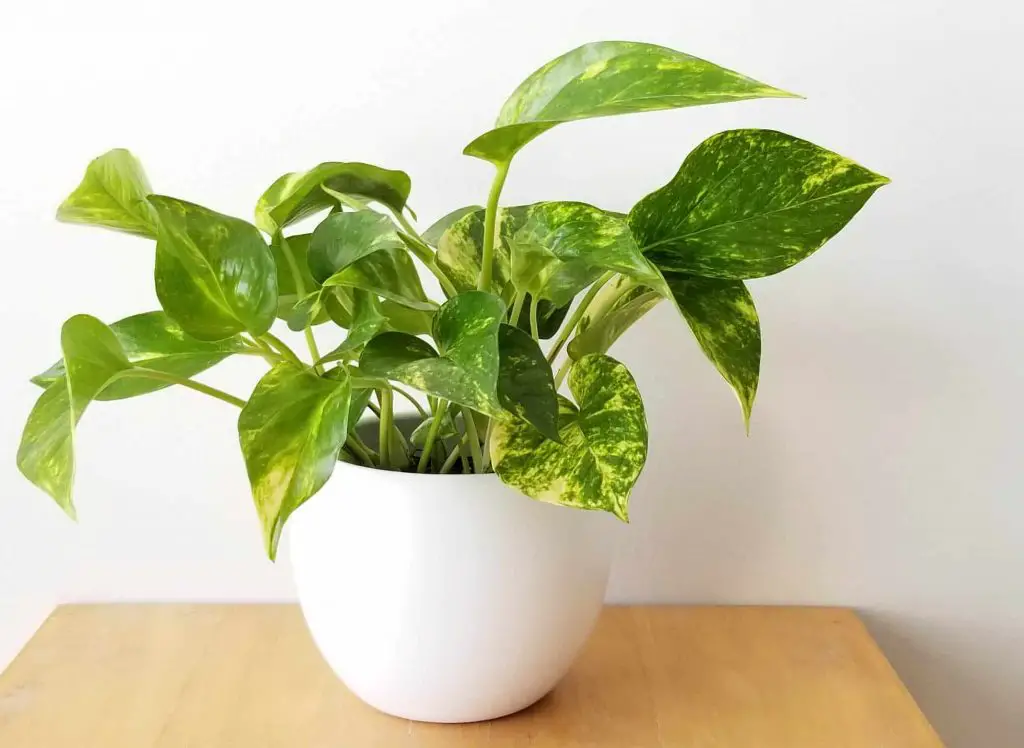
5. Environmental Shocks And Prevention
As much as possible, reduce moving the plant. In situations where the plant has to be moved, proper attention must be given to the plant till it adjusts to the new environment. During adjustment, tend to the plan and provide the requirements for the plant’s growth.
6. Handling Fertilization
For a cause of over-fertilization, stay off fertilizing for a while to allow the soil and the roots to recover. If need be, change the soil to give the plant a chance of recovery. Take note of the required amount needed to fertilize your Pothos plant before feeding it.
7. Taking Care Of Natural Causes Plant Issues
If aging is the cause, clip off the yellow leaves and allow time for new growth. Just keep providing the basic requirements needed for survival
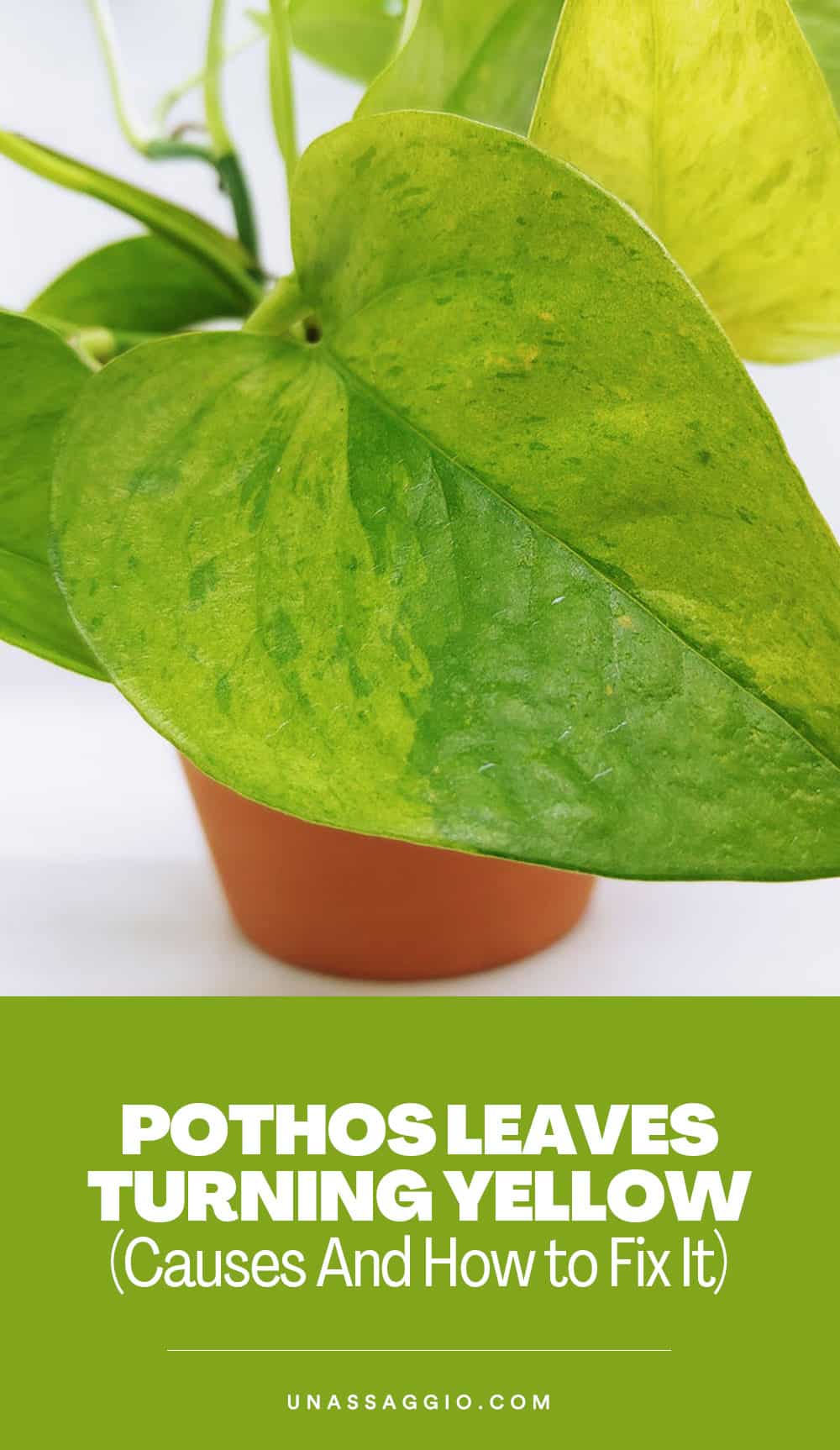
Final Note
It is important to study the nature of your Pothos plant and all the requirements it needs before propagating it, this helps you become acquainted with the dos and don’ts of the plant and puts you on a better edge to avert certain problems and how to address these problems during the propagation process of the Pothos plant.
Discover more houseplant guides:
- Marble Queen Pothos Plant Care (How to Grow Marble Queen Pothos)
- White Knight Philodendron Care (How to Grow This Philodendron Variety)
- How To Easily Propagate Philodendron In Water
- Chinese Evergreen Plant (Aglaonema): The Growth And Care Guide
Featured image: Envato Elements. Buy pothos from Etsy.

